When it comes to laying porcelain pavers, choosing the right base is more important than you might think. Whether you’re dreaming of a sleek new patio or a durable walkway, the foundation you choose can make all the difference in how your project turns out.
You’ve got two main options: concrete or sand. Each has its pros and cons, and the decision can feel a bit daunting. But don’t worry—this guide is here to help you navigate that choice. By the end, you’ll have a clear idea of which base is the best installation method for your project, ensuring your porcelain pavers stay beautiful and secure for years to come.

Why a Strong Base Matters in Porcelain Paver Installation
The foundation beneath your porcelain pavers is more than just a base—it’s what ensures the stability and durability of your entire project. A well-prepared concrete base or sand bed can prevent pavers from shifting, cracking, or becoming uneven over time, especially under heavy foot traffic. Imagine building a house without a firm foundation; it wouldn’t last. The same goes for porcelain paver installation. A strong base not only keeps your porcelain floor pavers securely in place but also impacts the overall appearance, making sure your patio or walkway looks as good in ten years as it does today. Whether you’re using concrete pavers or outdoor porcelain tiles, getting the base right is key to a successful and lasting installation.
Concrete Base for Porcelain Pavers
When it comes to creating a stable foundation for your porcelain pavers, a concrete base is a solid choice. This base is typically constructed by pouring a concrete slab over a layer of compacted gravel, ensuring a firm, even surface. It’s particularly useful for projects involving existing concrete slabs or areas where installing porcelain floor pavers needs extra durability, such as driveways or heavy foot traffic zones.
Advantages of a Concrete Base
A concrete base offers:
Superior stability and strength
Ideal for high-traffic areas and heavy loads
Resistance to shifting and erosion
Disadvantages of a Concrete Base
However, a concrete base does have some drawbacks:
Higher cost and longer installation time
Less flexibility for design changes
Potential for cracking in freeze-thaw conditions
Choosing a concrete base ensures your porcelain paving stones are securely installed and long-lasting, but weighing these pros and cons is essential to make the best decision for your project.
Sand Base for Porcelain Pavers
A sand base is a popular choice for installing porcelain pavers, especially in areas where flexibility is key. Preparing a sand base involves spreading bedding sand over a layer of compacted soil or existing concrete slab, creating a level surface for the porcelain pavers installation. This method is often preferred for projects like patios and walkways, where outdoor porcelain pavers or porcelain tiles are used.
Advantages of a Sand Base
A sand base offers several benefits:
Cost-effective and quicker to install
Allows for easier adjustments and repairs during installation
Provides flexibility for natural ground movement
Disadvantages of a Sand Base
However, a sand base has its downsides:
Prone to shifting and settling over time
It may require more maintenance to prevent unevenly installed porcelain pavers
Less suitable for areas with heavy loads or extreme weather conditions
Choosing a sand base can make your porcelain floor paver installation more flexible and budget-friendly, but it’s essential to consider these potential challenges when planning your project.

Comparing Concrete and Sand Bases: Which is Better?
Choosing between a concrete or sand base for your porcelain paver installation can be challenging, but understanding how each base performs in different situations will help you make the right choice.
Suitability for Different Applications
When it comes to high-traffic areas, like driveways or busy walkways, concrete bases are often the better option. They offer superior strength, making them ideal for places where standard concrete pavers or porcelain tiles need to withstand significant pressure. On the other hand, a sand base is a good choice for lighter-use areas, providing more flexibility during installation, especially when you need to cut porcelain pavers to fit specific designs.
From an aesthetic perspective, concrete can offer a smoother, more uniform appearance, while sand allows for easier adjustments if you’re installing outdoor porcelain tiles with intricate patterns.
Long-Term Durability and Maintenance
In terms of maintenance, concrete bases generally require less attention over time. They are less prone to shifting, meaning fewer repairs. However, if you’re looking for something easier to install and adjust, sand is more forgiving, though it may need more frequent maintenance to prevent settling or unevenness.
Overall, the suitable base for your project depends on your specific needs, but understanding these factors can help you decide to ensure the longevity and beauty of your porcelain pavers.
Professional Recommendations
When deciding between a concrete or sand base for your porcelain floor pavers, expert advice can make all the difference. Professionals often recommend a concrete base when you need to install porcelain pavers in high-traffic areas or for projects requiring maximum durability, like driveways or patios. Sand bases are typically suggested for more flexible installations, like garden paths, where ease of adjustments is essential.
Expert Opinions on Choosing the Right Base
Experts suggest choosing concrete over sand when working with installing standard concrete pavers or when stability is your top priority. Conversely, a sand base may be better suited for intricate designs or when you need to install outdoor porcelain tiles with a more forgiving setup.
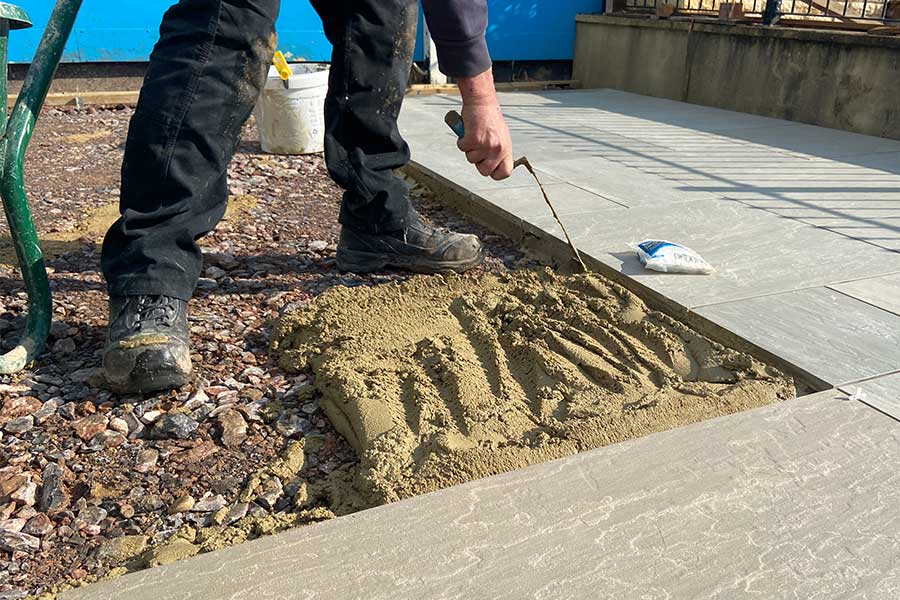
Considerations for Hiring a Professional Installer
Hiring a professional for your porcelain paver installation ensures that your project is done with precision. Professionals undergo installation training, equipping them with the knowledge to assess your site and recommend the best base material. This expertise ensures that your porcelain tile installation is not only beautiful but also long-lasting.
Key Takeaway
Choosing the right base for your porcelain pavers is crucial for a durable and attractive installation. Concrete provides stability and strength, perfect for high-traffic areas, while sand offers flexibility for easier adjustments. The best choice greatly depends on your specific requirements and project conditions.
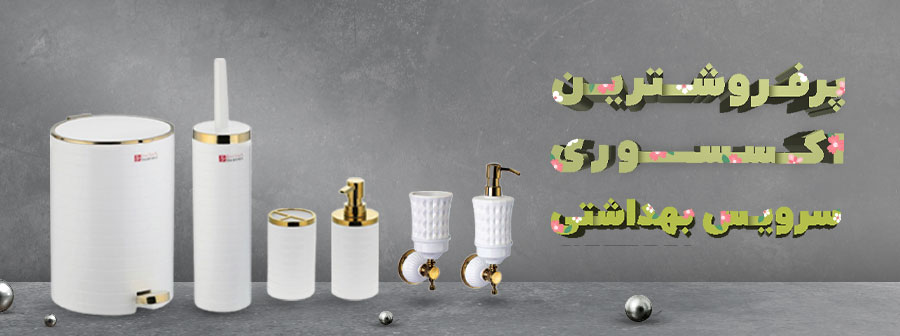
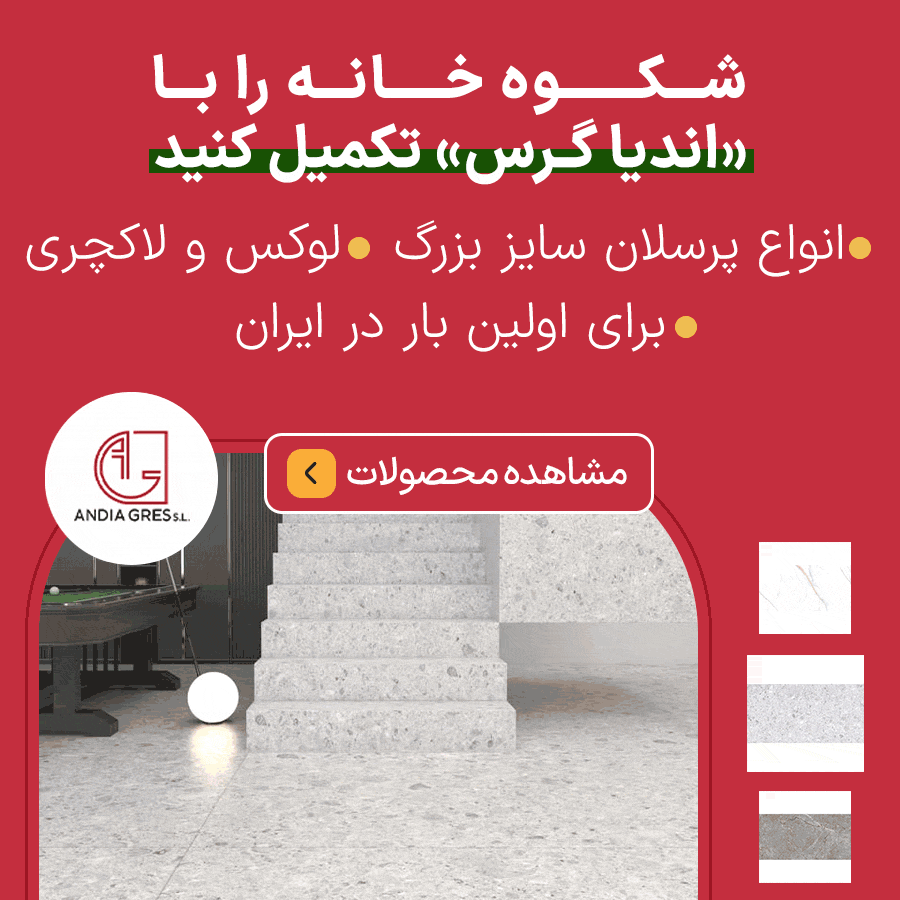

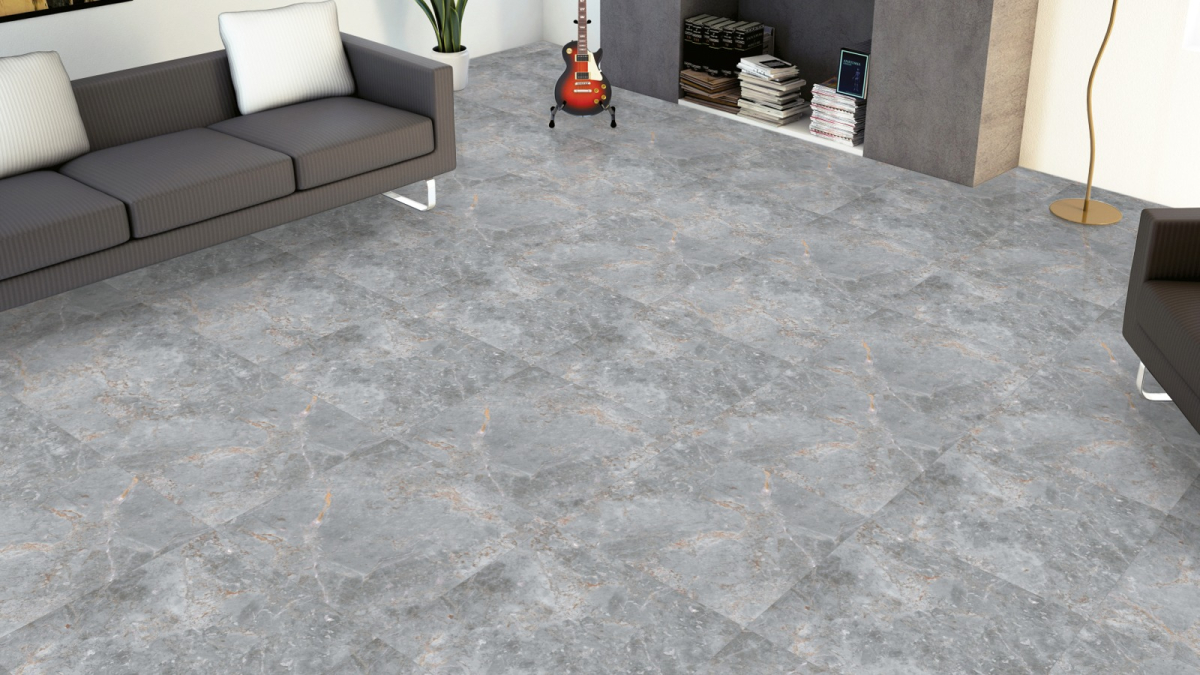
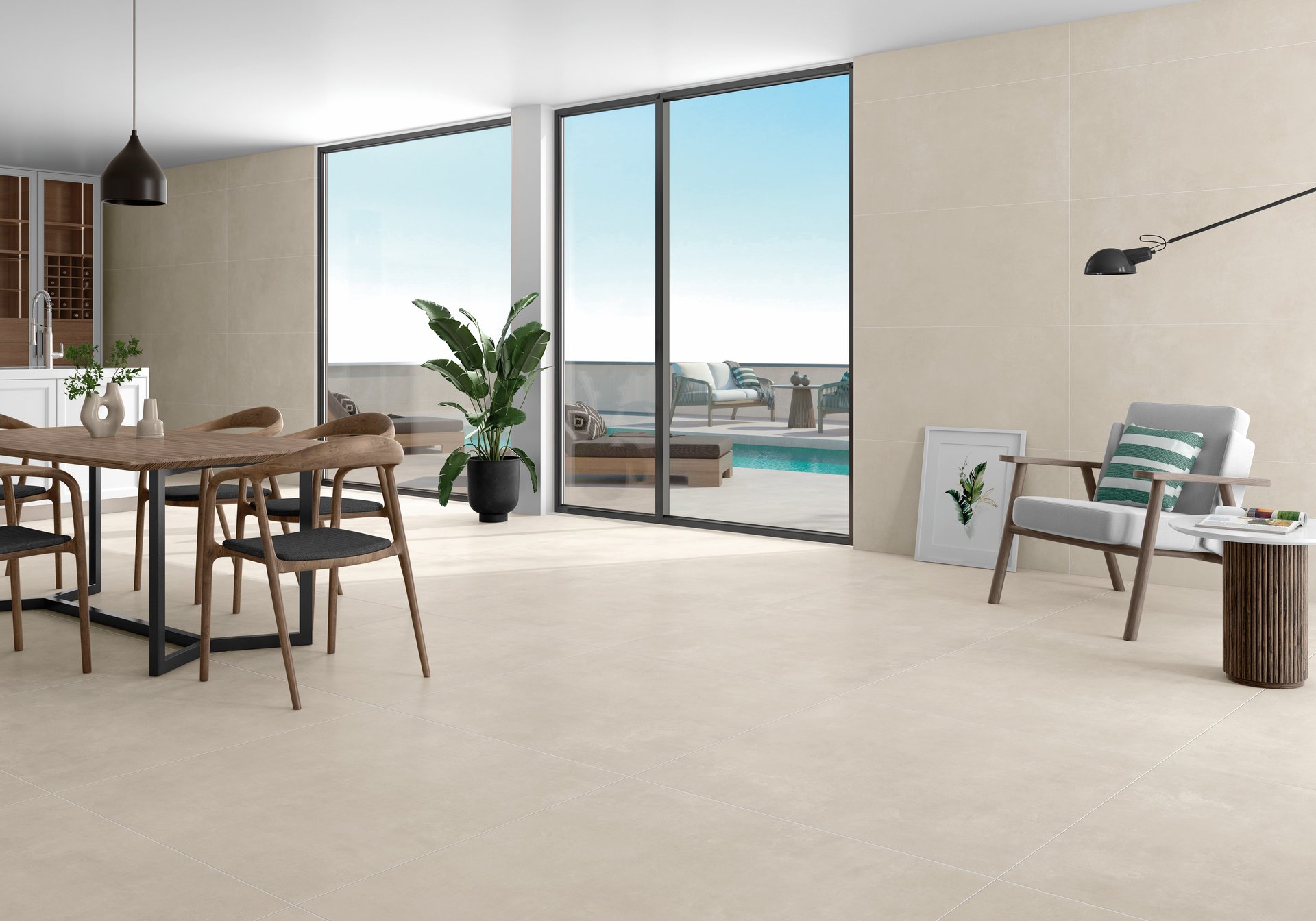

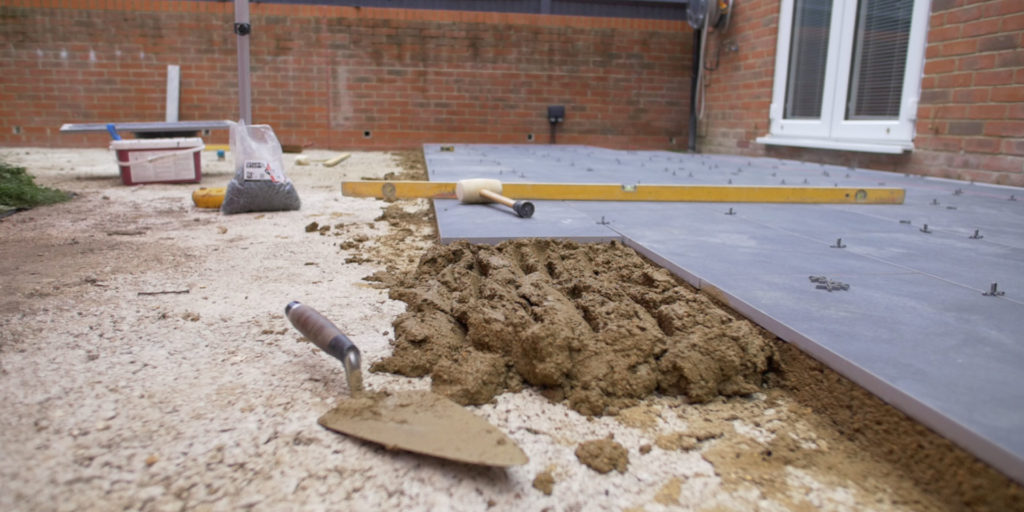
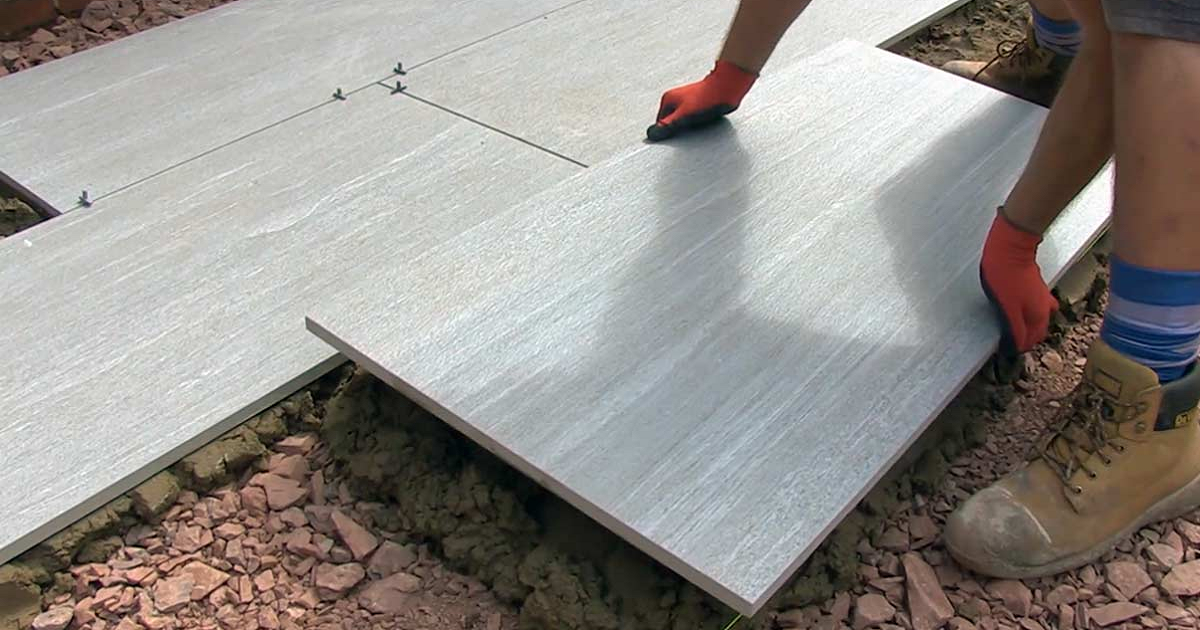

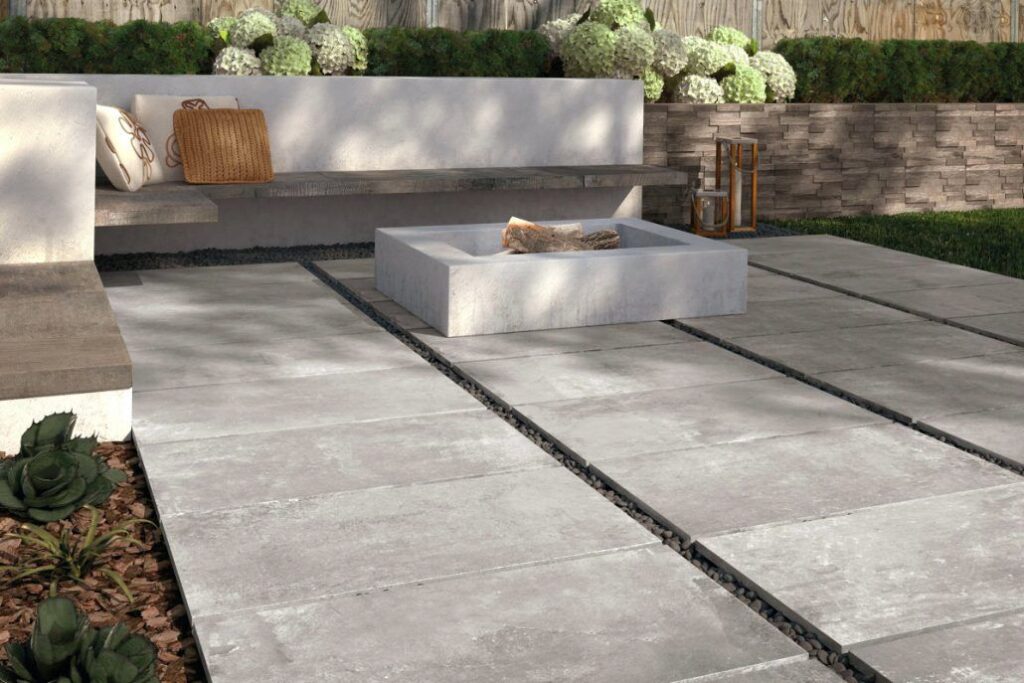
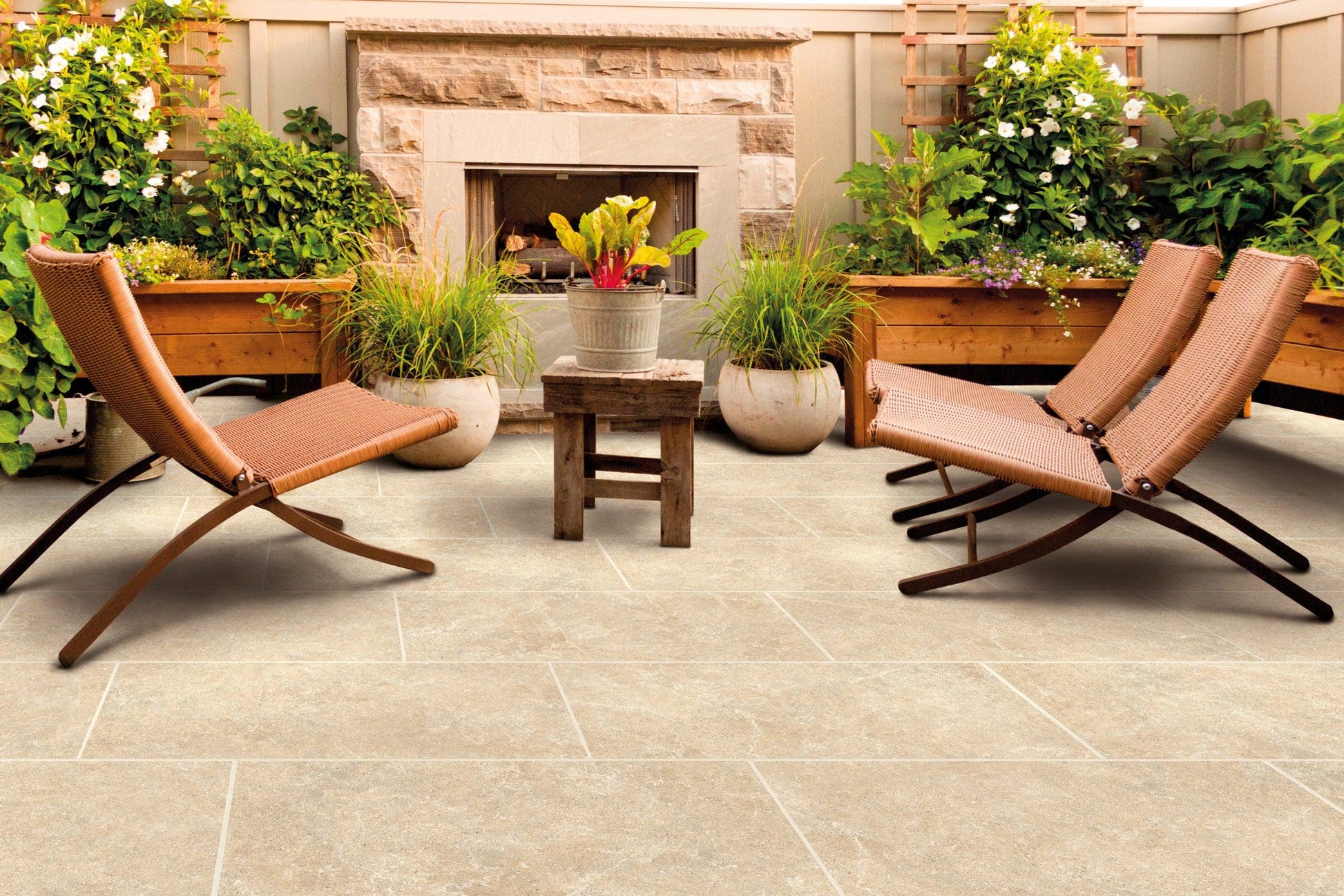

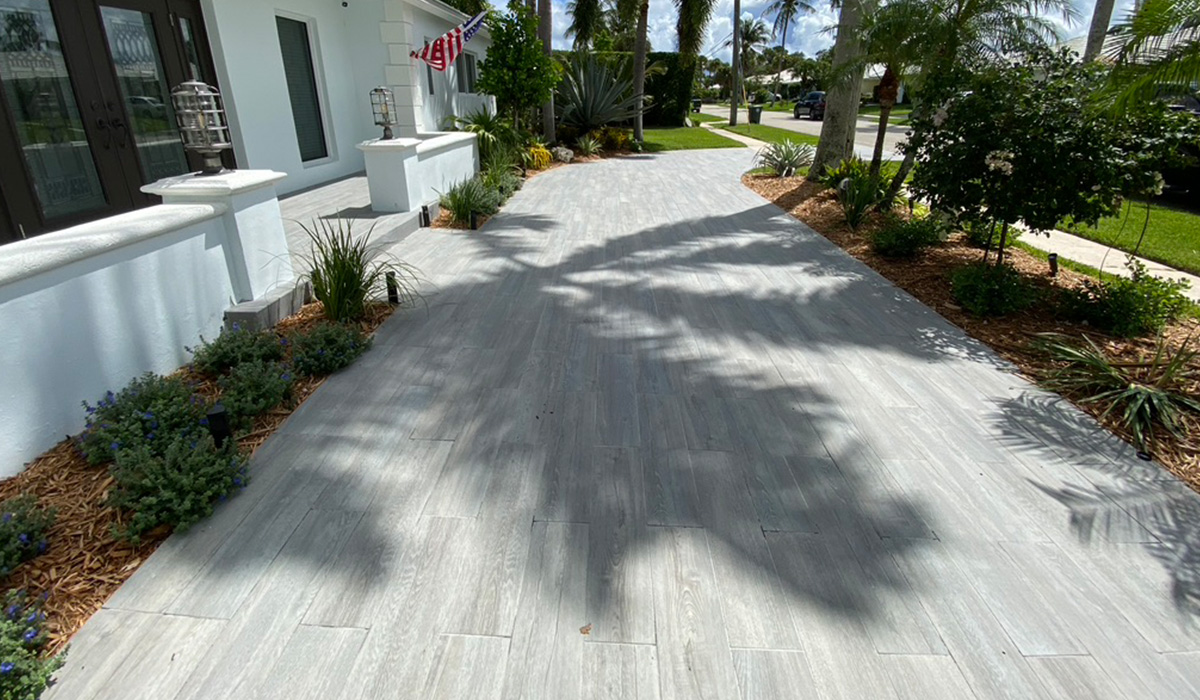

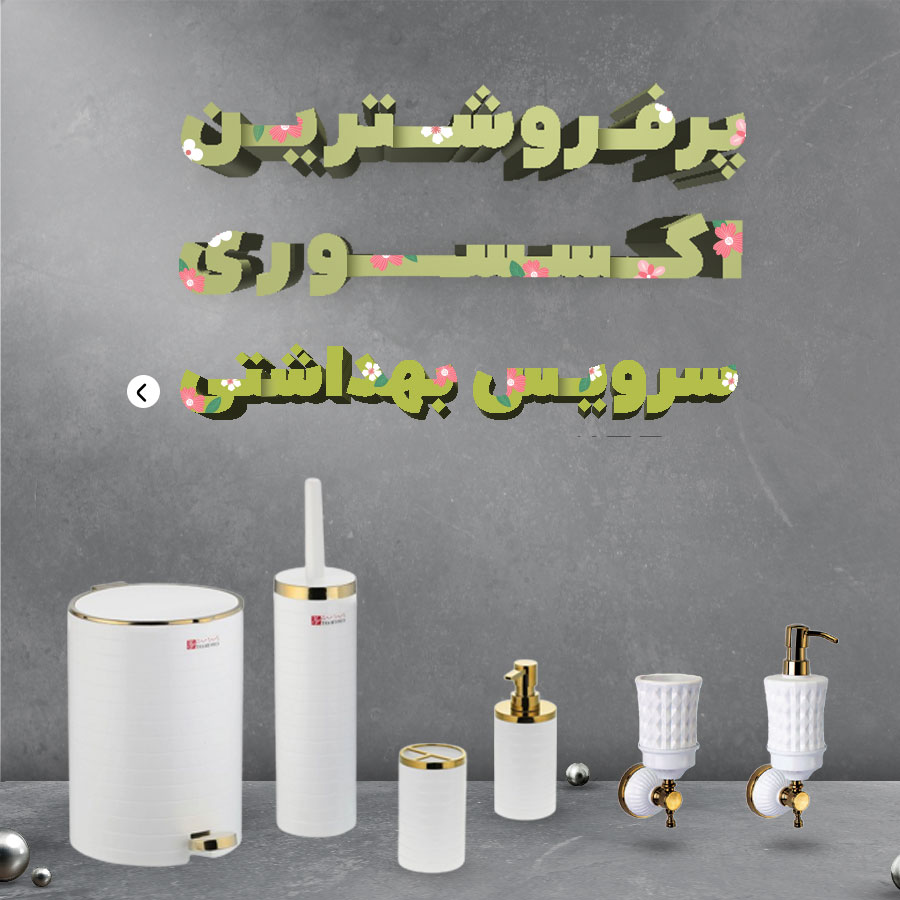

نظرات ۰